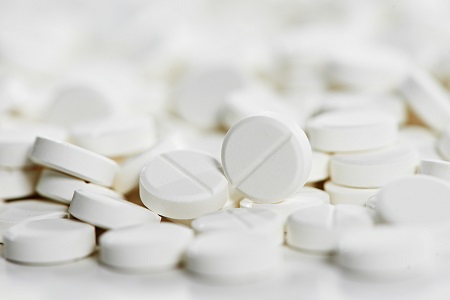Five countries are primarily responsible for the surge in overuse – Brazil, Russia, India, China and South Africa, according to the paper "Global Trends in Antibiotic Consumption, 2000-2010" published in medical journal The Lancet Infectious Diseases.
Among the 16 groups of antibiotics studied, cephalosporins, broad-spectrum penicillins and fluoroquinolones accounted for more than half of that increase, with consumption rising 55 per cent.
The study quantifies the growing alarm surrounding antibiotic-resistant pathogens, and a loss of efficacy among antibiotics used to combat the most common illnesses. In addition, the report highlights an increasing resistance to carbapenems and polymixins – two classes of drugs long considered "last resort" antibiotics for illnesses without any other known treatment.
Better access, but now 'rampant, less targeted'
There was some good news. The data underscored evidence that more global citizens are able to access and purchase antibiotics. That use, however, is not being effectively monitored by health officials, from doctors to hospital workers to clinicians, the report noted. As a result, antibiotic use is both rampant and less targeted.
"We have to remember that before we had antibiotics, it was pretty easy to die of a bacterial infection," said Prof Ramanan Laxminarayan, a research scholar with the Princeton Environmental Institute and one of the study's co-authors.
"We're choosing to go back into a world where you won't necessarily get better from a bacterial infection. It's not happening at a mass scale, but we're starting to see the beginning of when the antibiotics are not working as well."
The study noted antibiotic use tended to peak at different times of the year, corresponding in almost every case with the onset of the flu season. In the northern hemisphere for example consumption peaked between January and March, while in the southern hemisphere it peaked between July and November.
Programs promoting "rational use" of antibiotics should be a national and global priority, the report's authors said.


